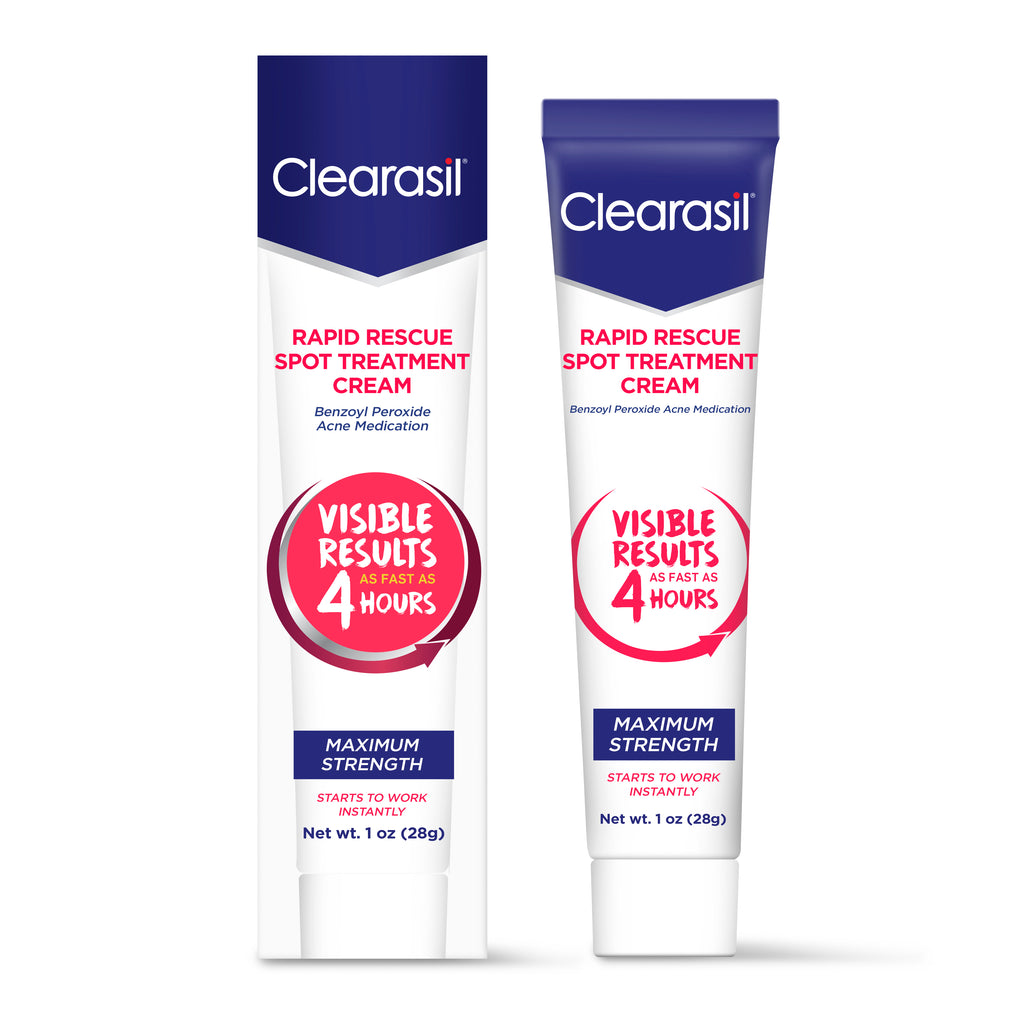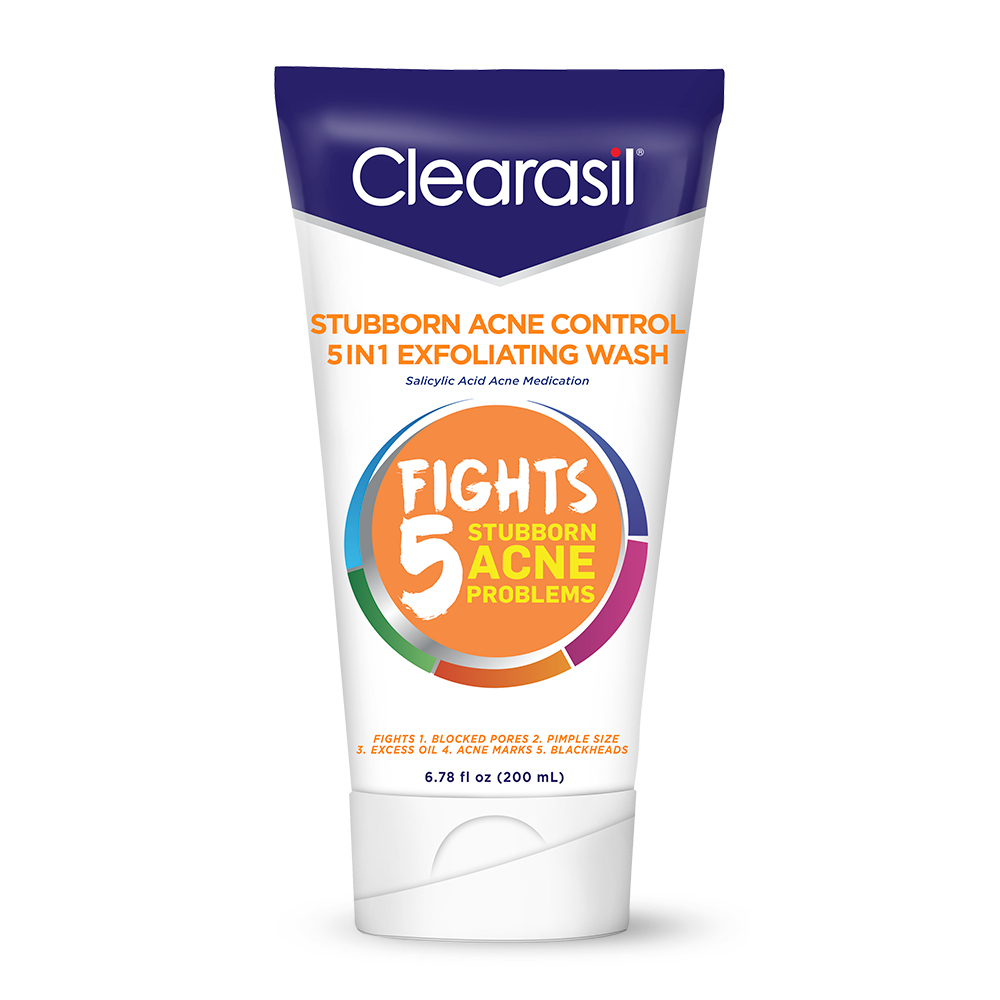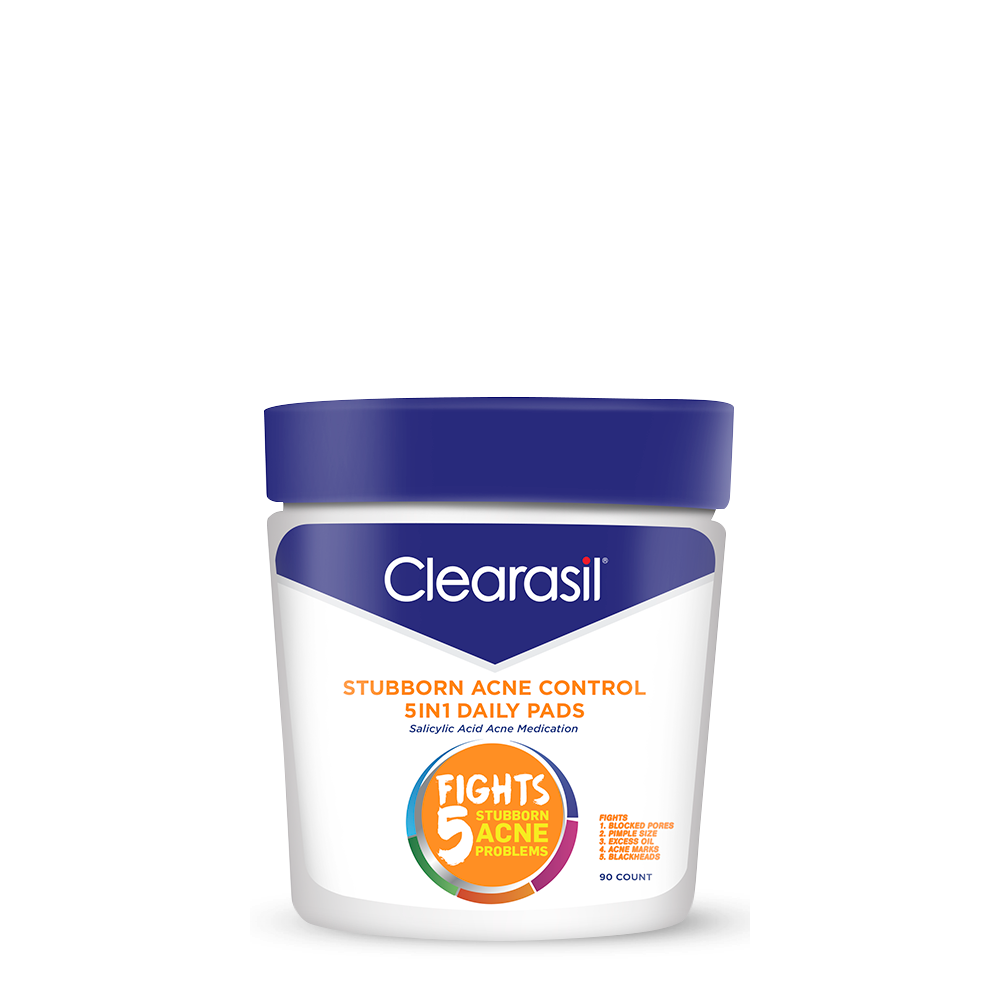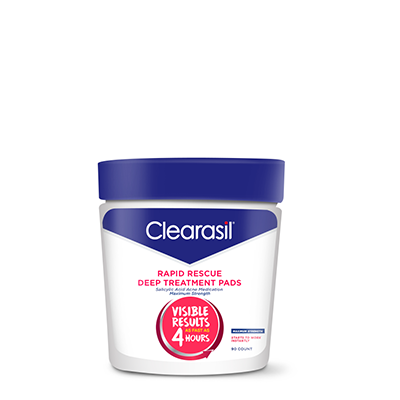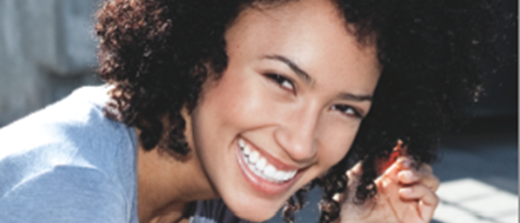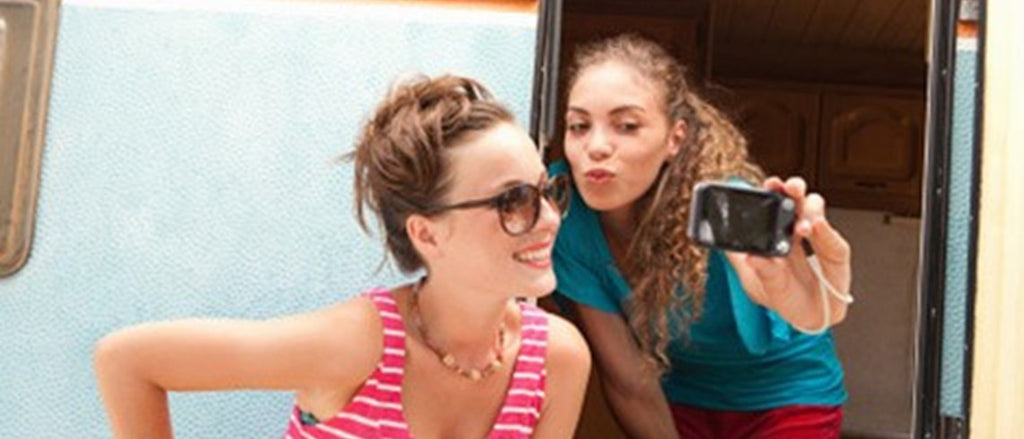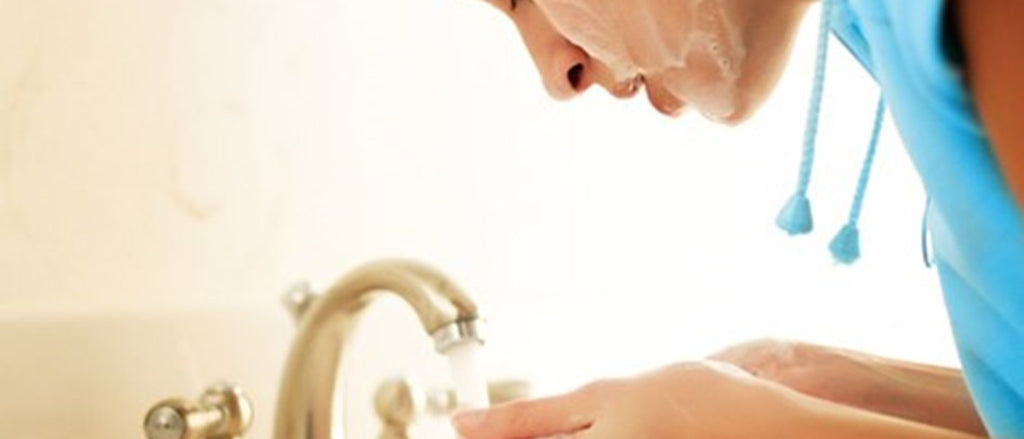What’s The Difference Between Acne And Pimples?
Although sometimes people say acne meaning pimples, there is a difference between the two terms.
Acne refers to a skin condition that inflames oil glands and hair follicles. Blemishes, like pimples and zits, are symptoms of acne.
Types of pimples include whiteheads and blackheads, inflamed papules and pustules, as well as nodules and painful cysts.
What Causes Acne?
Acne can be triggered by a number of causes. Hormonal changes that begin during the teen years can cause acne, and hormonal acne can continue well into adulthood in some cases.
Friction and pressure against the skin can inflame hair follicles, as well as sweat, makeup and other products we use on the skin.
Acne is sometimes a side effect of certain medications, too. Make sure to speak to your doctor before starting or stopping any medications, though!
What Causes Zits And Pimples?
Our hair follicles typically have sebaceous glands that produce sebum, or oil, on our skin. Pimples form when hair follicles and oil glands become clogged with sweat, oil and dead skin cells.
We can also introduce bacteria into our pores when we open the skin by scrubbing too hard, or come into contact with other debris and pollutants. Bacteria entering the pores can cause red, inflamed pimples that make it difficult to control the urge to squeeze, but picking at pimples definitely makes them worse!
How To Treat Acne
The path to clear skin starts with a daily cleansing routine that incorporates products for your skin type, which may be dry, oily, combination or normal. Make sure you start each day with a clean slate and rinse away germs and oil before going to sleep every night.
You’ll also want to follow up cleansing with an oil-free sunscreen for daytime and a moisturizer at night. For persistent acne and blemishes, Clearasil® Stubborn Acne Control 5in1 Exfoliating Wash unblocks pores, helps reduce pimple size and appearance of blackheads, and cuts down on excess oil and shine. It also fights appearance of new acne marks, like acne scars.
The wash uses maximum strength salicylic acid to treat acne so you can get visibly clearer skin in just one step. To prevent excessive drying of the skin, start with just one use per day and then gradually work up to two or three times a day.
If you’re experiencing cystic acne or painful or nodules, speak to a dermatologist about possible treatments beyond scrubs and washes.
How To Treat Pimples
If you’re just dealing with an occasional pimple or breakout, Clearasil® Rapid Rescue Spot Treatment Cream combines 10% benzoyl peroxide with Acceladerm technology to speed up delivery of acne medication deep into the pores.
The dermatologist-tested cream can visibly reduce both size and redness of pimples in as little as four hours. Start with applying it once a day after washing your face, and then gradually work up to using it up to three times a day to prevent over-drying your skin.
Get The Right Clearasil® Product For Your Needs
Almost everyone deals with acne and pimples at some point, so rest assured that you’re not alone! With the right acne treatments to fight pimples on your side, you’re on your way to visibly clearer skin. Visit the Clearasil blog to learn more about getting rid of acne.
Sources:
Cleveland Clinic

